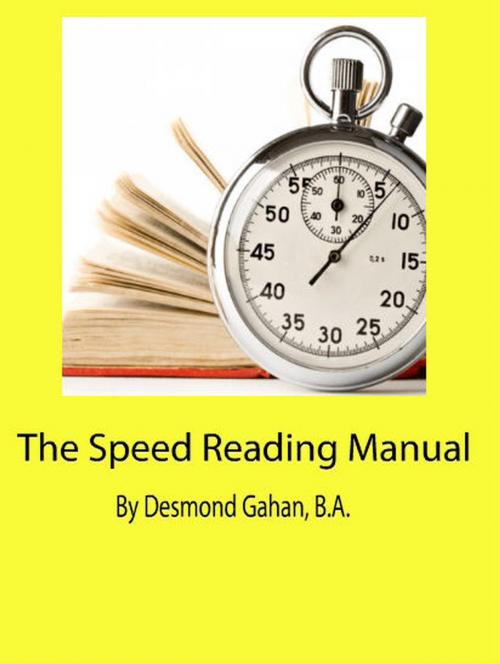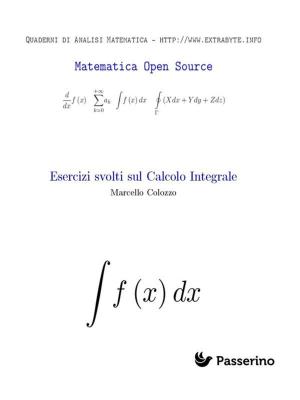The Speed Reading Manual
Nonfiction, Reference & Language, Language Arts, Reading, Reading Skills, Education & Teaching, Teaching, Teaching Methods| Author: | Desmond Gahan | ISBN: | 9781386677239 |
| Publisher: | Desmond Gahan | Publication: | June 15, 2017 |
| Imprint: | Language: | English |
| Author: | Desmond Gahan |
| ISBN: | 9781386677239 |
| Publisher: | Desmond Gahan |
| Publication: | June 15, 2017 |
| Imprint: | |
| Language: | English |
Many people read at an average rate of 250 words per minute. This means that an average page in a book or document would take you 1-2 minutes to read.
However, imagine if you could double your rate to 500 words per minute. You could zip through all of this content in half the time. You could then spend the time saved on other tasks, or take a few extra minutes to relax and de-stress.
Another important advantage of speed reading is that you can better comprehend the overall structure of an argument. This leads to a "bigger picture" understanding, which can greatly benefit your work and career.
Note:
Speed reading is a useful and valuable skill. However, there might be times when using this technique isn't appropriate. For instance, it's often best to read important or challenging documents slowly, so that you can fully understand each detail.
Reading Word-by-Word
Not only is it slow to read word-by-word, but when you concentrate on separate words, you often miss the overall concept of what's being said. People who read each word as a distinct unit can understand less than those who read faster by "chunking" words together in blocks. (Think about how your eyes are moving as you read this article. Are you actually reading each word, or are you reading blocks of two, or three, or five words?)
Practice expanding the number of words that you read at a time. You may also find that you can increase the number of words you read in a single fixation by holding the text a little further from your eyes. The more words you can read in each block, the faster you'll read!
Many people read at an average rate of 250 words per minute. This means that an average page in a book or document would take you 1-2 minutes to read.
However, imagine if you could double your rate to 500 words per minute. You could zip through all of this content in half the time. You could then spend the time saved on other tasks, or take a few extra minutes to relax and de-stress.
Another important advantage of speed reading is that you can better comprehend the overall structure of an argument. This leads to a "bigger picture" understanding, which can greatly benefit your work and career.
Note:
Speed reading is a useful and valuable skill. However, there might be times when using this technique isn't appropriate. For instance, it's often best to read important or challenging documents slowly, so that you can fully understand each detail.
Reading Word-by-Word
Not only is it slow to read word-by-word, but when you concentrate on separate words, you often miss the overall concept of what's being said. People who read each word as a distinct unit can understand less than those who read faster by "chunking" words together in blocks. (Think about how your eyes are moving as you read this article. Are you actually reading each word, or are you reading blocks of two, or three, or five words?)
Practice expanding the number of words that you read at a time. You may also find that you can increase the number of words you read in a single fixation by holding the text a little further from your eyes. The more words you can read in each block, the faster you'll read!















